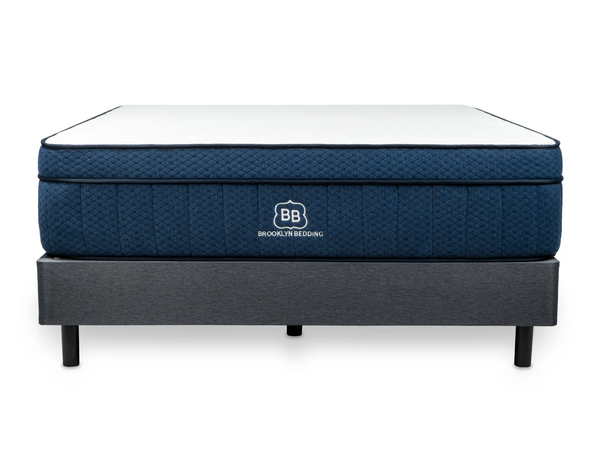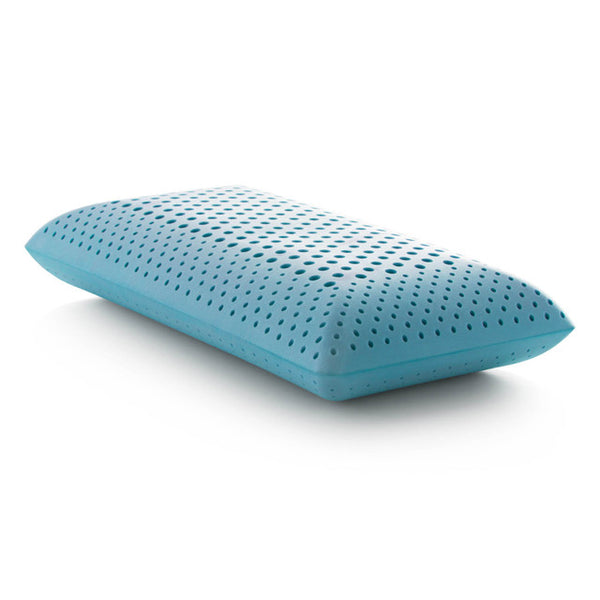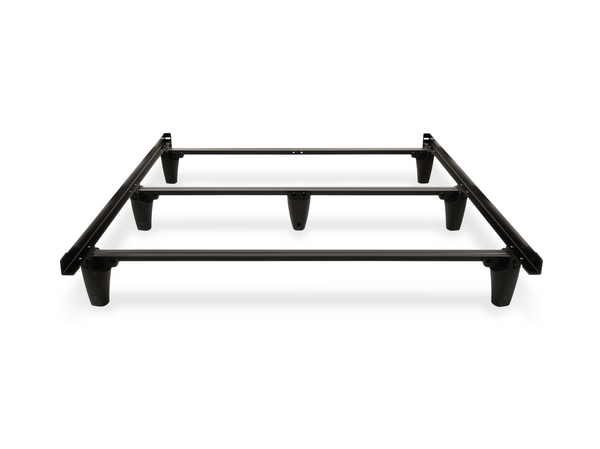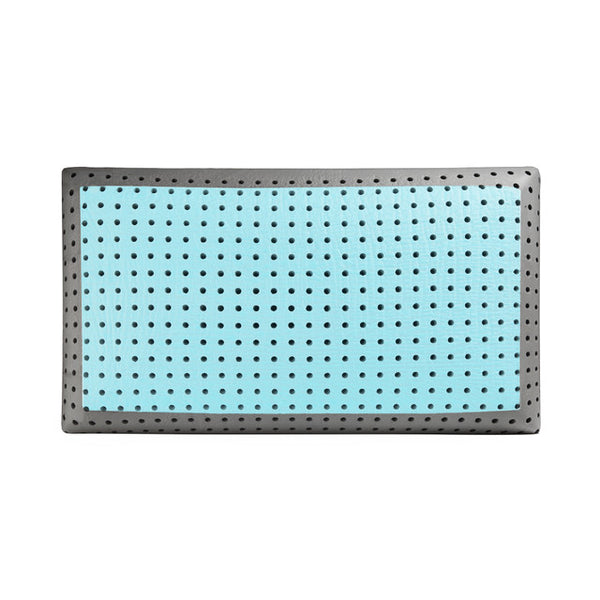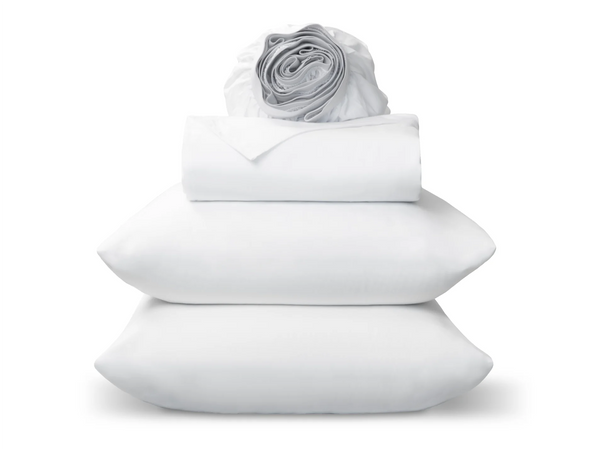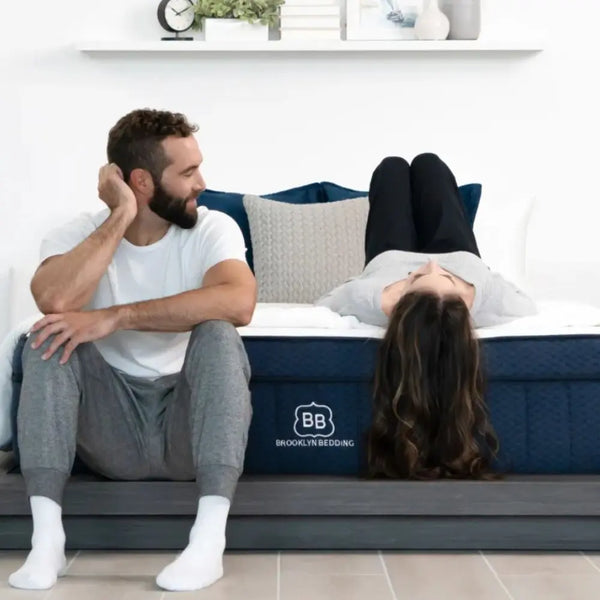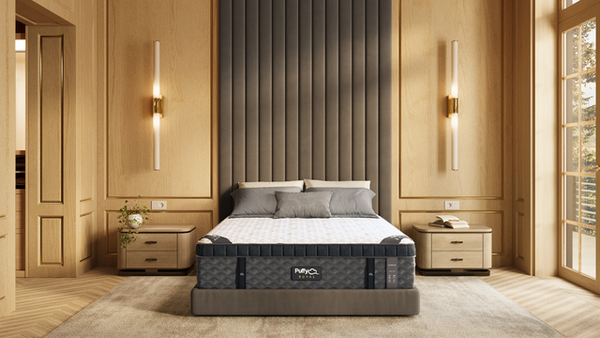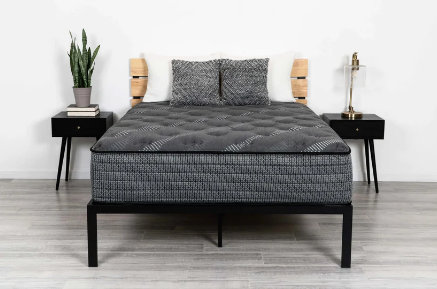
Frequently Asked Questions
1. What are common sleep disorders?
2. How can a mattress impact sleep quality?
3. What types of mattresses are best for sleep disorders?
4. Why is firmness level important in choosing a mattress?
Good sleep is an essential component of a healthy lifestyle, yet many struggle with sleep disorders that rob them of the rest they need. While the roots of these disorders can be complex, the right mattress can significantly influence your quality of sleep. In this comprehensive guide, we’ll delve into sleep disorders, their causes, and how the appropriate mattress can be a game-changer in your journey to better sleep.
Exploring Sleep Disorders
The term "sleep disorders" encompasses a variety of conditions that disrupt normal sleep patterns. Understanding these disorders is the first step towards addressing them effectively. Here are some of the most common sleep disorders:
Insomnia
Insomnia is characterized by difficulty falling asleep, staying asleep, or waking up too early. It can be caused by various factors including stress, anxiety, and even your sleeping environment. A supportive, comfortable mattress can alleviate some of these issues, enabling deeper, more restful sleep.
Sleep Apnea
Sleep apnea causes interruptions in breathing during sleep. This can lead to snoring, gasping for breath, and excessive daytime sleepiness. Individuals with sleep apnea may benefit from a mattress that promotes proper spinal alignment, which can help decrease the severity of the disorder.
Restless Leg Syndrome (RLS)
Restless Leg Syndrome is a condition that causes uncomfortable sensations in the legs, often leading to an irresistible urge to move them. People with RLS may struggle to find a comfortable sleeping position. A mattress that reduces pressure points can soothe discomfort and improve sleep quality.
Common Symptoms of Sleep Disorders
Identifying the signs of sleep disorders can aid in timely intervention. Here are some symptoms to keep an eye on:
- Chronic fatigue or daytime drowsiness
- Difficulties concentrating
- Irritability or mood fluctuations
- Frequent headaches
- Changes in weight due to altered eating habits
How Mattresses Impact Sleep Quality
The role of a mattress in achieving quality sleep cannot be overstated. Different types of mattresses serve different needs, and finding the right one is vital for treating and managing sleep disorders. Here's how mattresses can impact sleep quality:
Support and Alignment
A supportive mattress ensures that your spine remains in a neutral position while you sleep, which can alleviate discomfort and promote deeper sleep. If your mattress is too soft or too firm, it may cause misalignment and lead to aches and pains.
Pressure Relief
Pressure points can develop when sleeping on a mattress that doesn't conform to your body's natural shape. A mattress that offers good pressure relief can help minimize tossing and turning, allowing for uninterrupted sleep cycles.
Temperature Regulation
Overheating during sleep can disrupt your sleep pattern. Mattresses made with breathable materials can help regulate temperature, providing a cooler, more comfortable sleep experience.
Choosing the Right Mattress for Sleep Disorders
When shopping for the right mattress, consider several key factors to ensure that your choice addresses your specific sleep concerns:
Material Selection
Different materials cater to different sleep needs. Here’s an overview:
- Memory Foam: Known for its body contouring properties, memory foam can provide excellent pressure relief and support, making it a great option for those with chronic pain.
- Latex: Latex mattresses are naturally breathable and can offer a supportive feel while remaining cool throughout the night.
- Innerspring: These traditional mattresses offer bounce and firm support but may not be as effective at pressure relief compared to foam options.
Firmness Levels
Firmness is another vital factor. Depending on your sleeping position, you may prefer different firmness levels:
- Back Sleepers: Medium to firm mattresses can help maintain the natural curve of the spine.
- Side Sleepers: Softer mattresses can alleviate pressure on the shoulders and hips.
- Stomach Sleepers: A firmer mattress can help prevent the back from arching unnaturally.
Trial Periods and Returns
When investing in a mattress, it’s essential to take advantage of trial periods offered by retailers. This allows you to test the mattress for a few weeks to determine if it meets your sleeping needs. Understanding the return policy in case the mattress doesn’t perform as expected can also provide peace of mind.
The Role of Sleep Hygiene in Managing Sleep Disorders
While choosing the right mattress is crucial, it’s important to combine it with good sleep hygiene practices. Here are some strategies for enhancing your sleep environment:
Establish a Sleep Schedule
Going to bed and waking up at the same time every day can help regulate your body's internal clock, promoting better sleep quality.
Create a Relaxing Sleep Environment
Your bedroom should be a tranquil haven. Dim the lights, keep the room at a comfortable temperature, and eliminate noise disturbances. Consider investing in blackout curtains if necessary.
Limit Screen Time Before Bed
Exposure to blue light from screens can interfere with melatonin production. Limit your time on electronic devices at least an hour before bedtime to help your body prepare for sleep.
The Bottom Line: Sleep Better, Live Better
Sleep disorders can be daunting, but understanding their nuances and how to combat them with the right strategies can significantly improve your quality of life. Investing in a mattress designed to meet your sleeping needs could be the key to getting a good night’s sleep. Combine your eco-friendly mattress with a few healthy sleep habits, and watch as your sleep improves dramatically. Embrace the restful nights ahead – your journey into the land of sweet dreams starts here!

